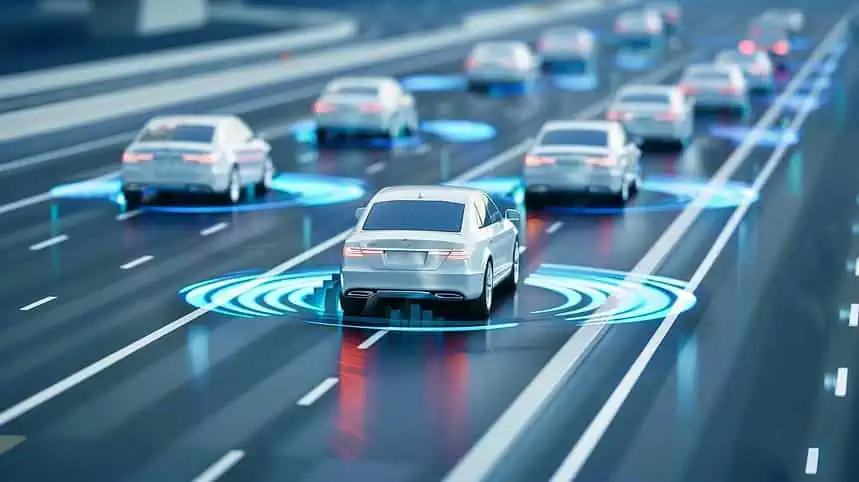The following are the top 20 benefits of wireless electric vehicle charging infrastructure:
| No. | Benefits | Description |
| 1 | Convenience: | Eliminates the need to physically plug in, simplifying the charging process. |
| 2 | Reduced wear and tear: | No connector wear and tear, potentially extending the lifespan of charging equipment and vehicle ports. |
| 3 | Weatherproof: | Charging unaffected by rain, snow, or dust, promoting reliability and durability. |
| 4 | Safer operation: | Reduced risk of electrical shocks or tripping hazards associated with cables. |
| 5 | Improved aesthetics: | No dangling cables, contributing to a cleaner and more visually appealing urban landscape. |
| 6 | Accessibility: | Easier charging for people with disabilities or limitations in mobility. |
| 7 | Automatic charging: | Vehicles could automatically start charging upon parking over designated spots. |
| 8 | Multi-vehicle charging: | Systems could potentially charge multiple vehicles simultaneously in the same area. |
| 9 | Reduced infrastructure cost: | Fewer cables and connection points could potentially lower installation and maintenance costs. |
| 10 | Flexibility: | Charging zones could be adaptable to different parking layouts and configurations. |
| 11 | Integration with smart grids: | Wireless charging could enable two-way power flow (V2G) for grid stability and energy sharing. |
| 12 | Reduced range anxiety: | Easier access to charging could alleviate concerns about running out of power. |
| 13 | Faster charging: | Future advancements could potentially enable faster charging speeds than current wired options. |
| 14 | Reduced vandalism: | Wireless systems might be less susceptible to cable-related vandalism. |
| 15 | Improved charging efficiency: | Less energy loss compared to wired charging due to reduced heat generation. |
| 16 | Enhanced security: | Encrypted wireless communication could safeguard against data breaches and unauthorized access. |
| 17 | Autonomous vehicle compatibility: | Seamless integration with self-driving cars for automated charging and parking. |
| 18 | Boosted EV adoption: | Convenience and accessibility could encourage wider acceptance of electric vehicles. |
| 19 | Urban space optimization: | Wireless charging could free up space currently occupied by charging stations and cables. |
| 20 | Sustainable development: | Potential for integration with renewable energy sources like solar panels for clean charging. |






